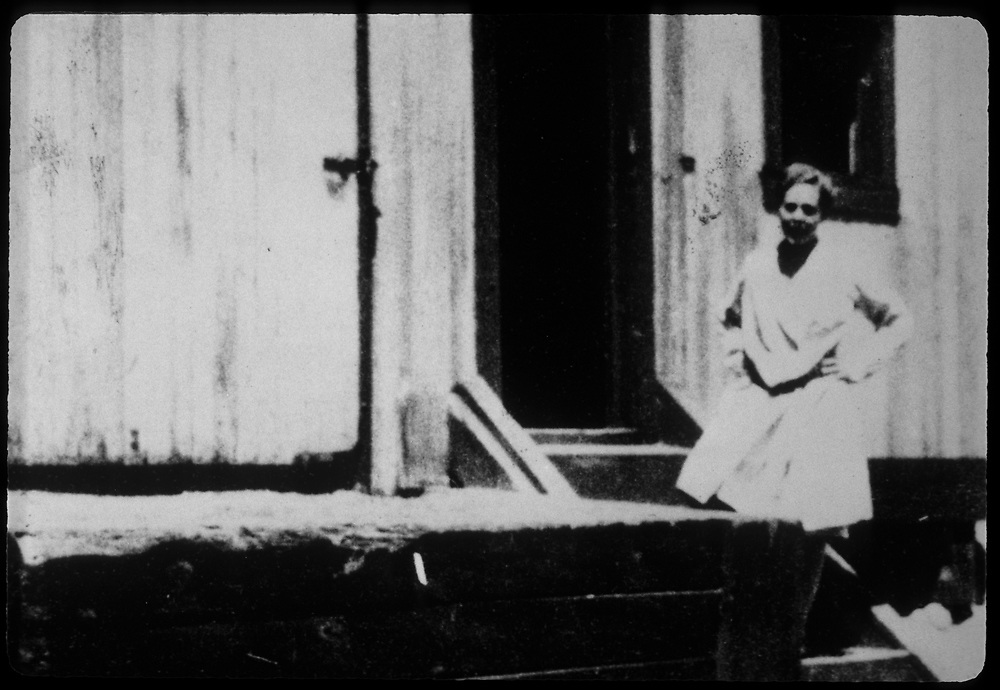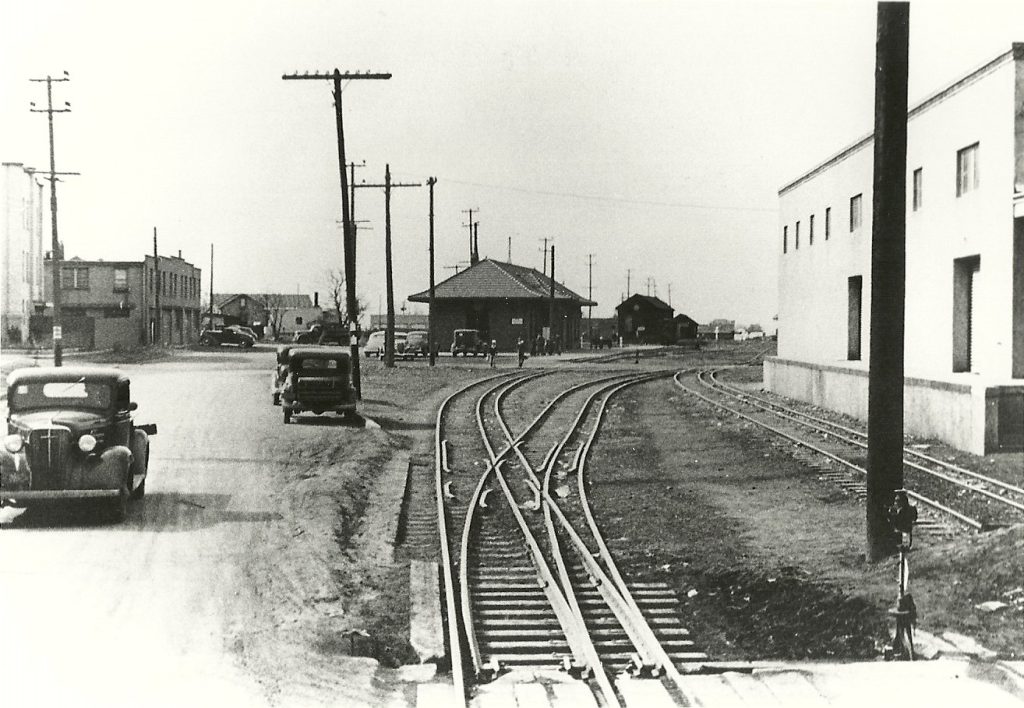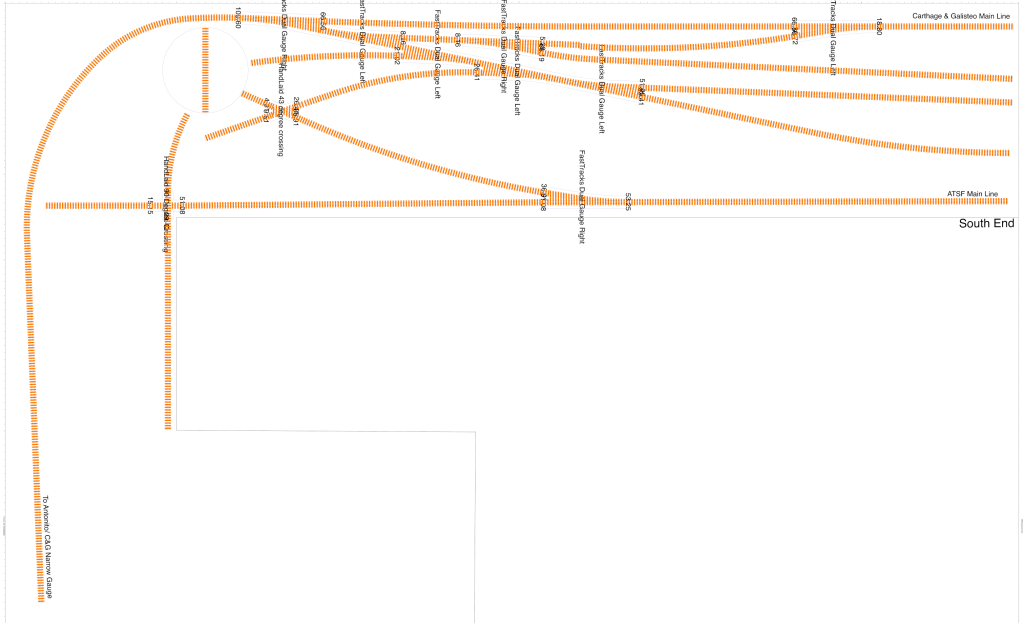Models tell a story. For now, my models are built almost entirely to serve my proto/freelance hybrid HO scale railroad layout, the Carthage & Galisteo. My necessarily small layout is intended to serve almost as a diorama for perfecting modeling skills: I am going for quality over quantity. But let’s not get ahead of ourselves. It’s a work in progress and I am not skilled enough to rate anything I have done as “quality” yet.
There is a developing lore for the C&G.

The C&G is a fictional Class I railroad that borrows essential elements from ATSF, D&RGW, Southern Pacific, and Frisco, among others. My freelance railroad carries freight and passengers across the US Midwest-Southwest, linking Chicago and Los Angeles roughly parallel to the path of the classic US Route 66 with extensive trackage in Northern New Mexico, including seemingly anachronistic narrow gauge lines, which follows the precedent of the D&RGW Chili Line narrow gauge from Antonito, CO to Santa Fe, NM as well as the Gramps oil field in Northern New Mexico. The C&G has a fictional express passenger route called the Blue Swallow.
1800-1930s: Antecedents
The major transatlantic shipping firm Grinnell, Minturn & Co (owned in part by Franklin Hughes Delano, namesake of FDR) named its first major route into the UK “Blue Swallowtail”, after its characteristic flag that is depicted in this document: https://siegelauctions.com/ph/pdf/049.pdf
This real shipping company does not have any direct relationship to railroading, but it is one of the namesakes for the passenger route.
Another is the Blue Swallow motel in Tucumcari, NM, which was started in 1939 and opened in 1940.
1939: Storm Across the Valley
The layout takes place in 1939, on 12 September, in and around Santa Fe, NM. This is the date of the Desfile de la Gente parade in Santa Fe.
More broadly, both New Mexico and the world near the end of an era. The European theater of the second world war has just begun. Railroading is firmly in the steam era, but the Super Chief was already running diesels – classic E1s. The Chili Line would have only months to live in the Fall of 1939. In just a few years, a new historical thread would be weaved into New Mexico with the decision to place the primary location of the Manhattan Project on the Pajarito Plateau (tr: little bird).
Along the Chili Line, there was a stop at San Ildefonso pueblo – a converted box car tended by a white woman named Edith Warner. It was Otowi station, and she would later come to know many of the scientists working on the Manhattan Project, hosting them at her house as a stop on the way to Los Alamos.

In Santa Fe, there is an interesting meeting of railroads – the ATSF, D&RGW, and New Mexico Central share transfer tracks and there is an unusual amount of dual-gauge track (i.e., both standard gauge – 1,435 mm or 4′ 8.5″, and narrow gauge, in this case, 914.4 mm or 3′).

Historical Divergence and the C&G
Naturally, the presence in many railroads in Santa Fe in the 1930s raises the question of how our hypothetical railroad would survive such competition. This is where I will stretch geological realism by positing the discovery of an oil field similar to Gramps but situated near Santa Fe. The resulting additional economic activity raises overall freight and passenger traffic.
The C&G Layout
The first iteration of the C&G layout will be confined to a space of approximately 762 mm (30″) by 1360 mm (140″). It will contain extensive dual gauge trackage, with a small slice dedicated to standard gauge and plans for a narrow gauge extension when we expand to some additional space.

Models in Process
In addition to the layout plans, several models are in the process of being documented through their initial airbrushing – then we will have a group of cars to decal, finish, and weather together.
